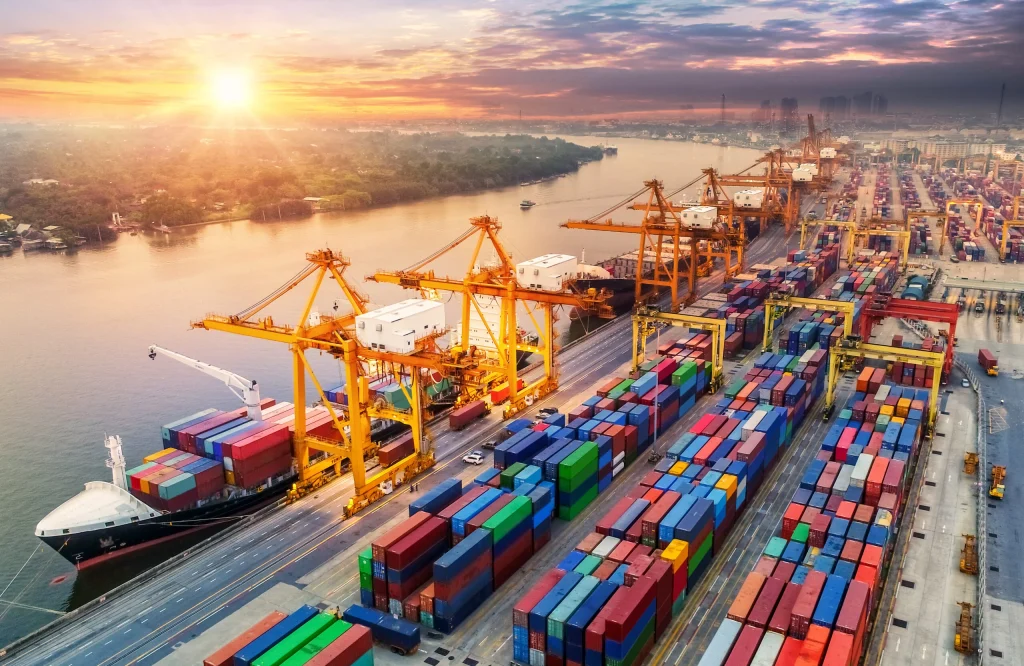
The Port of Singapore is one of the busiest and most advanced ports in the world. It plays a significant role as a transshipment hub and is a critical connection point for global trade between Asia, Europe, and the Americas.
Geographic location: The Port of Singapore is located at the crossroads of major shipping routes in the **Malacca Strait**, one of the busiest maritime passages globally. This positioning gives it unparalleled access to both the **Pacific** and **Indian Oceans**, making it a key transshipment hub.
Strategic gateway: It serves as a gateway between **Asia and the rest of the world**, handling a significant portion of international trade between East and West.
Global ranking: The Port of Singapore is consistently ranked among the **top 2 busiest container ports in the world** in terms of cargo tonnage and transshipment volume, competing closely with the **Port of Shanghai**.
Throughput: In 2022, the port handled around **37.5 million TEUs (Twenty-foot Equivalent Units)**, making it a leader in global container handling.
Expansion: The port’s facilities are continually expanding, with the **Tuas Mega Port** project set to increase the capacity to **65 million TEUs annually** by 2040.
Transshipment hub: Over **85% of the cargo handled** at the Port of Singapore is transshipment, where containers are transferred between vessels to reach their final destination without entering Singapore's domestic market.
Key trading partners: Major trading partners include China, Japan, South Korea, Europe, India, and the United States.
Main commodities:
Exports: Electronics, chemicals, petroleum products, machinery, and refined fuels.
Imports: Crude oil, machinery, foodstuffs, and raw materials for manufacturing.
Tax benefits: Singapore offers **zero customs duties** on most goods, making it an attractive hub for global shipping and a favored destination for multinational companies that rely on smooth and efficient supply chains.
Free trade agreements: Singapore has an extensive network of **Free Trade Agreements (FTAs)** with major economies, making the port an ideal location for re-exporting goods to various markets.
Contribution to Singapore's economy: The Port of Singapore is a major driver of the Singaporean economy, contributing significantly to the country’s **GDP** and supporting industries like manufacturing, logistics, and trade.
Job creation: The port directly and indirectly creates thousands of jobs in the maritime, logistics, and service sectors, making it a key employment provider in the region.